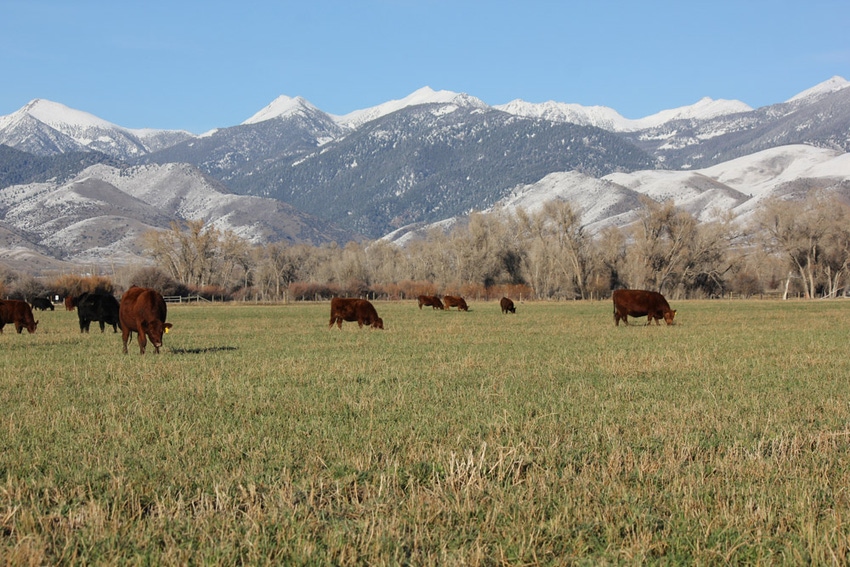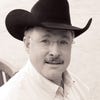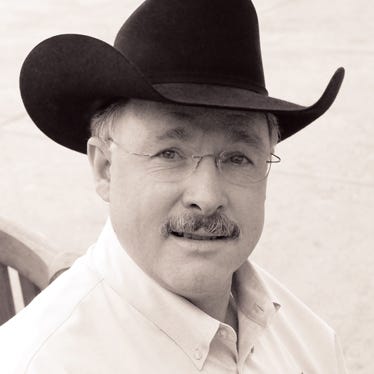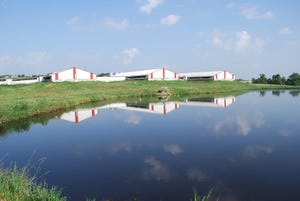Seedstock 100: Balance tops bull buyers' list
Commercial cow-calf producers want a balanced bull that will produce balanced females.Read more from Seedstock 100 owners:Seedstock 100 operaters speak out on beef industryImproving efficiency is lynchpin to successThink you are just buying bulls? Think again...Seedstock consolidation set to continue
December 28, 2015

“You either have to take in more or spend less,” says Marty Schurr of Schurrtop Angus and Charolais Ranch at Farnam and Maywood, Neb. “From a profit standpoint, I feel like the industry’s real opportunity is to make cattle more feed efficient. If you can run more cows on the same number of acres without sacrificing performance, why wouldn’t you?”
The Angus bulls Schurrtop sells are tested for residual feed intake (RFI) directly or via progeny test. The Schurrs are also considering installing their own GrowSafe system to RFI-test cattle at home.
“One of the real challenges we see in the cow-calf business is cost,” says Larry Mehlhoff of 5L Red Angus at Sheridan, Mont. “Historically, feed cost is about 70% of any cow operation. We’re focused on how we can be sensitive to customer’s needs of having cows utilize feed more efficiently.”
The Mehlhoffs recently purchased their own GrowSafe system. 5L will test its bulls for feed efficiency, but Mehlhoff says, “More importantly, we’ll test all of our replacement females on a forage-based ration. We know it’s still not the same as the range, but it’s a lot closer than a grain-based ration.”
Both Schurr and Mehlhoff emphasize the opportunity to increase efficiency is an add-on; all of the other fundamentals must be in place first.

BEEF Seedstock 100 List
Looking for a new seedstock provider? Use our UPDATED Seedstock 100 listing to find the largest bull sellers in the U.S. Browse the list here.
“We believe cows are working for us rather than us working for them,” Schurr says.
“People are trying to get rid of the holes,” Mehlhoff says. “They want a balance of traits. We strive for balanced trait selection. I want average everything.” He’s explaining both the opportunity for commercial producers and the growing search he sees among them.
“You have to have everything else right first,” Schurr says. “We start with the right bull first, then if his EPDs are right we consider him.”
Likewise, Mehlhoff explains, “We believe the cow side needs to get right and then once that’s right, how do we get more pounds from the factory?”
Following phenotype first
“I will not sell a bull that I wouldn’t want to feed the progeny out of or keep heifers from,” Schurr says. That means they have zero tolerance for any cattle that come up short on things like udders, disposition, feet and legs.
The folks at 5L Red Angus are the same way. “We’re shape and kind,” Mehlhoff adds.
For all of the quantitative measures and their value, Schurr and Mehlhoff stress the importance of phenotype to them and their customers. They’re not talking eye-appeal, though these cattle are, they’re talking about the specific body type that has proven most efficient and productive for them and their customers. Then, they worry about the numbers.
Schurr explains the phenotype they identified as most feed efficient over the decades through progeny testing matches what they’re finding with RFI-testing. Rather than the depth of body folks often associate with easy doing cattle, he explains it has more to with capacity identified through chest width and rib shape, along with cattle having muscle.
Ultimately, the proof is in the proverbial pudding.
“At the end of the day, when most cow-calf producers sell their calves, it comes down to quality, which is the price per pound, and the number of pounds they have to sell,” Schurr explains.
The Schurr family has fed cattle for years, both their own, as well as calves from customers using their bulls.
“I’m in constant conversation with my customers,” Schurr explains. “Whatever feedlot and carcass information we’re able to get back, we pass along to our customers at no charge. We have nothing to hide. It helps us show customers things they can do to improve and it shows us how we can improve.”
Although industry concentration diluted the number of farmer-feeders dotting the landscape, Schurr says a high percentage of Schurrtop’s customers retain ownership beyond weaning, be it backgrounding, on to summer grass or through the feedlot.
Similarly, the Mehlhoffs have fed their own cattle for years in order to validate their genetics.
“While much of our selection is focused on eliminating failures in the cowherd, we have a substantial research and development project to identify the genetics of enhanced feeder calf value,” Mehlhoff explains. “Besides feeding our own cattle, in 2015 we were part of a progeny testing alliance that mated over 700 cows in structured progeny tests to collect phenotypes for weight traits, feed intake and carcass traits.”
All of these things—from sound udders to balanced EPDs—can add up to increasing production and economic efficiencies. But, Schurr emphasizes the need for more efficiency from an industry standpoint, too.
“As an industry, we have to produce less fat and be more efficient with the feed we use in order to be more competitive,” Schurr says. “We (beef) are not as competitive in feed efficiency and red meat yield. We still create too much fat that costs too much to put on and then take off at the packing plant. We can’t keep doing what we’ve been doing and be competitive.”
You might also like:
7 ranching operations who lead in stewardship, sustainability
Why we need to let Mother Nature select replacement heifers
Photo Gallery: Laugh with Rubes cow cartoons
Beta agonists wrongly blamed for fatigued cattle syndrome
Lessons from the 2015 cattle market wreck
About the Author(s)
You May Also Like



.png?width=300&auto=webp&quality=80&disable=upscale)

